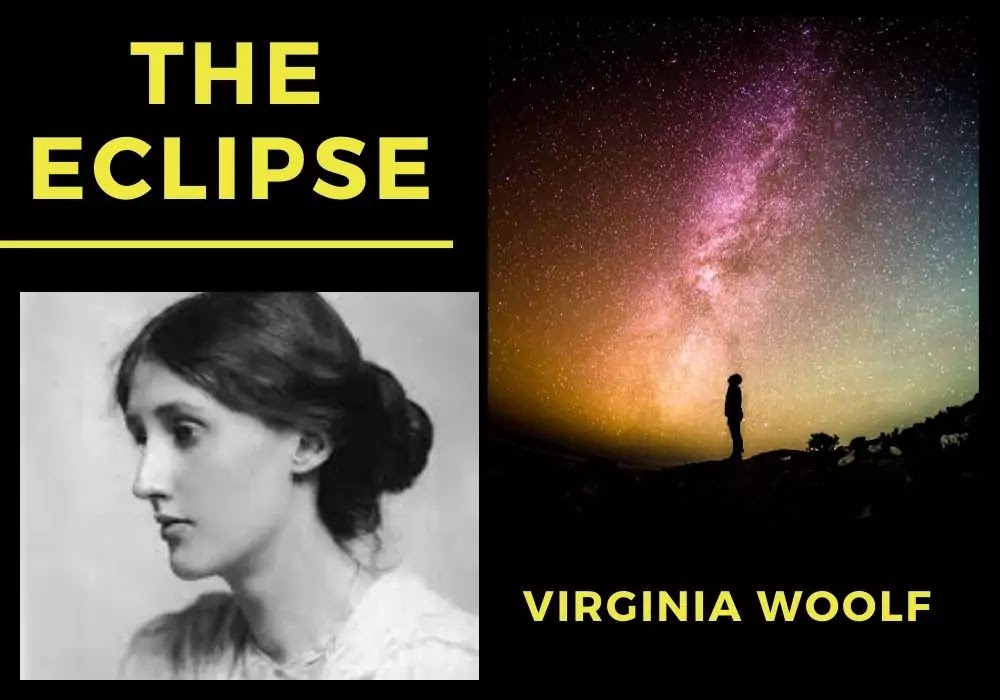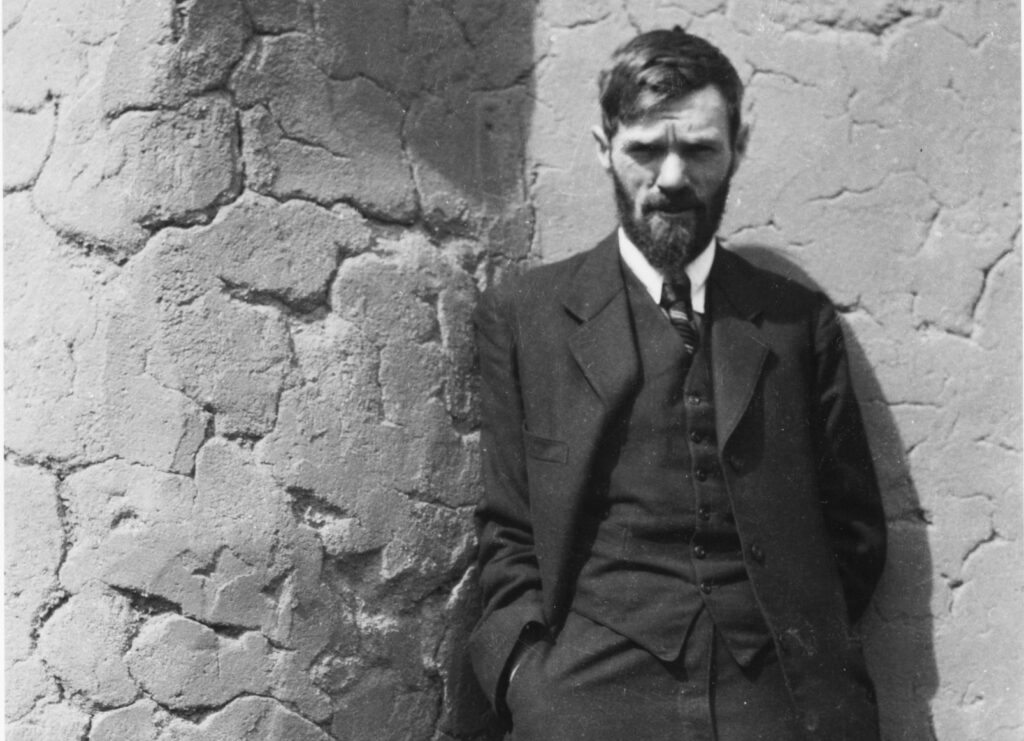William Wordsworth, a trailblazer of the Romantic era, penned the timeless poem “Daffodils,” also titled “I Wandered Lonely as a Cloud,” in 1804. A cornerstone of Romantic literature, this lyrical ballad exemplifies Wordsworth’s deep connection with nature and its transformative impact on the human spirit. Influenced by the societal changes of the Industrial Revolution, Wordsworth, along with fellow Romantic poets like Samuel Taylor Coleridge, sought refuge in the untarnished beauty of the natural world.
Poetic Context
“Daffodils” stands as a beacon of Romantic ideals, placing emphasis on emotion, imagination, and the awe-inspiring power of nature. This period, spanning the late 18th to early 19th centuries, birthed a movement that rebelled against the rationalism of the Enlightenment, seeking a deeper connection with the mystical and sublime aspects of existence. Wordsworth’s poetic philosophy aligns with luminaries like Coleridge and William Blake, who also explored nature’s profound influence on the human experience.
Overview of the Poem
In the poem’s opening stanzas, the speaker recounts a moment of desolation during his solitary wanderings. The phrase “I wandered lonely as a cloud” paints a vivid image of isolation, a sentiment often shared by Romantic poets grappling with the societal changes of their era. However, the tone takes a dramatic shift when the speaker chances upon a “host” of golden daffodils beside a tranquil lake, their “fluttering and dancing in the breeze” creating a captivating spectacle.
The Blissful Scene
Wordsworth employs metaphorical richness to bring the daffodils to life, attributing human characteristics to the flowers. The term “dancing” implies a joyous, rhythmic movement, and the imagery of a “crowd” suggests a communal celebration in nature. This personification adds a layer of intimacy, as if the flowers themselves are engaged in a joyous gathering, inviting readers to partake in the merriment.
To enhance the contextual meaning, consider the societal backdrop of the time. The Industrial Revolution, marked by technological advancements and urbanization, prompted a yearning for the simplicity and purity of nature. Wordsworth’s depiction of the daffodils as a collective, dancing in spontaneous harmony, serves as a metaphor for the organic, unbridled beauty found in the untouched corners of the natural world.
The Impact on the Speaker
As the speaker immerses himself in the beauty of the daffodils, a profound transformation occurs. The imagery of the “inward eye” in the concluding stanza highlights the enduring impact of this encounter. The memory of the daffodils becomes a mental refuge, a source of solace and inspiration during moments of solitude and melancholy. This enduring influence aligns with Wordsworth’s belief in the therapeutic and restorative qualities of nature.
In this transformative experience, Wordsworth echoes the sentiments of his contemporary, the poet Samuel Taylor Coleridge. Coleridge’s exploration of the sublime in nature, as seen in his poem “Kubla Khan,” resonates with Wordsworth’s celebration of the sublime beauty found in the simplest of natural elements, such as the golden daffodils by the lakeside.
Connection to Nature
Central to Wordsworth’s philosophy is the profound connection between humanity and the natural world. The poet, along with his sister Dorothy Wordsworth, shared an intimate appreciation for the Lake District’s landscapes, which often served as a muse for their creative endeavors. The daffodils become a symbol of this communion, emphasizing nature’s role as a source of solace, inspiration, and spiritual renewal.
To deepen the contextual understanding, one can draw parallels with the works of other Romantic poets like John Keats and Lord Byron. Keats, in his ode “To Autumn,” explores the beauty and transience of nature, while Byron’s “Childe Harold’s Pilgrimage” reflects on the introspective journey through landscapes. Wordsworth’s “Daffodils” aligns with these themes, depicting nature not just as a backdrop but as an active participant in shaping human emotions and experiences.
Themes Explored
Beyond its picturesque imagery, “Daffodils” delves into universal themes that resonate across time. The transient nature of joy, a central theme in Romantic literature, is encapsulated in the fleeting beauty of the daffodils. The reference to the “pensive mood” in the speaker’s solitude adds depth to the exploration of human emotions, suggesting that nature provides a balm for contemplative moments.
Wordsworth’s emphasis on memory as a transformative force aligns with the philosophical musings of the German Romantic poet Johann Wolfgang von Goethe. Goethe’s exploration of memory and experience, as seen in his novel “Wilhelm Meister’s Apprenticeship,” shares thematic resonance with Wordsworth’s belief in the enduring impact of a single, powerful encounter with nature.
Conclusion
In “Daffodils,” William Wordsworth masterfully captures the essence of the Romantic movement, inviting readers to partake in the joyous beauty of nature through the eyes of a solitary wanderer. The poem serves as a testament to the enduring power of nature to uplift and inspire, urging us to appreciate the simple yet profound moments that nature graciously offers.
Incorporating “Daffodils” into literary discussions or educational settings provides a rich exploration of Romantic ideals and the profound connection between humanity and the natural world. By examining the metaphorical richness, historical context, and thematic depth of the poem, readers can unlock layers of meaning that continue to resonate in the modern era.
Important Questions and Answers
In the opening stanzas, the mood is desolate, and the tone is lonely. The mood shifts dramatically as the speaker encounters the daffodils, becoming joyful and the tone turns celebratory and inspired.
The term “host” emphasizes the abundance of daffodils, portraying them as a collective, joyous assembly. Personification is evident in the description of the daffodils “dancing” and creating a “crowd,” adding a human-like, communal quality to the flowers.
Memory serves as a transformative force in the poem, acting as a source of solace and inspiration for the speaker during moments of solitude. The memory of the daffodils becomes a mental refuge, bringing lasting joy and beauty into the speaker’s contemplative moments.
“Daffodils” aligns with Romantic ideals by emphasizing the restorative power of nature and its profound impact on human emotions. This connection to nature resonates with fellow Romantic poets like Coleridge and Blake, who also sought a deeper communion with the sublime and mystical aspects of the natural world.
The “inward eye” refers to the mind’s ability to recall and internalize the beauty of the daffodils. This metaphor underscores the enduring impact of the natural encounter on the speaker, emphasizing the lasting imprint of nature on the human psyche and aligning with Wordsworth’s belief in the therapeutic qualities of such experiences
Both “Daffodils” and Keats’ “To Autumn” delve into the transient nature of beauty. While “Daffodils” captures the ephemeral joy of a specific moment, “To Autumn” reflects on the inevitable passage of time. Both poems share a thematic resonance in portraying the impermanence of natural beauty.





Pingback: Favorite Best Friends Poetry Collection in Urdu & Hindi (Jigri Yaar Shayari) - Fictionistic